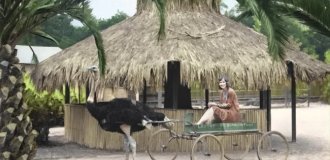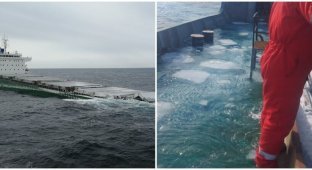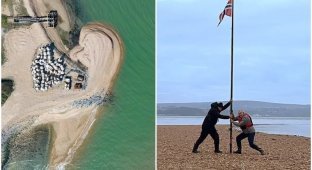Why sailors slept in hammocks on ships for centuries (6 photos)
For centuries, sailors have used hammocks instead of regular beds on ships. This unusual sleeping product arouses interest and questions: why did sailors of the past prefer hammocks rather than comfortable beds, as in modern times? 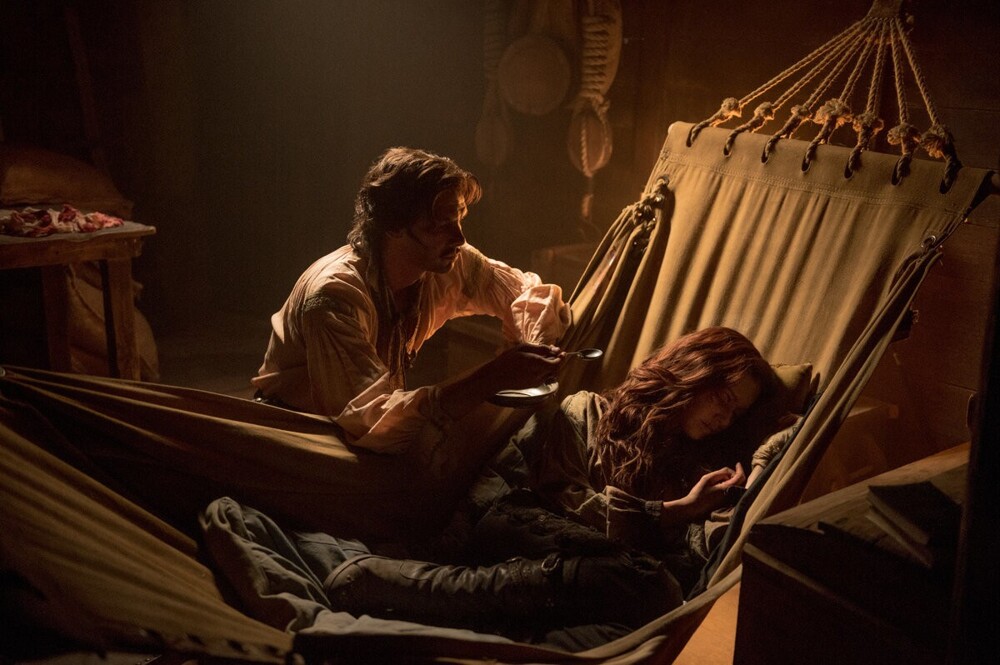
Who invented the hammock? 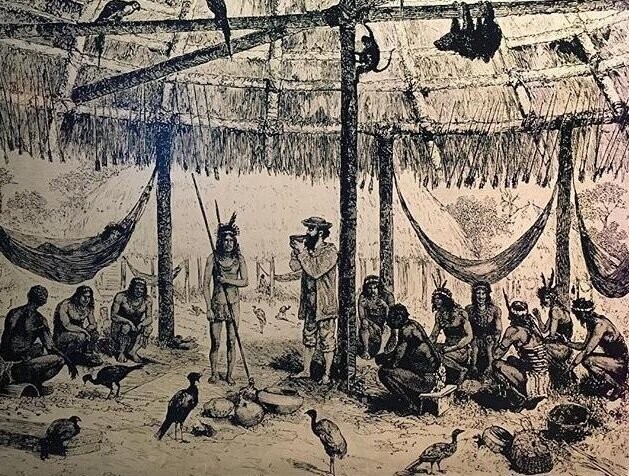
It is generally accepted that the hammock was an invention of the American Indians long before the arrival of the first Europeans on the American continent.
The American Indians carried wicker hammocks with them everywhere and called them “floating beds” because they could very quickly be deployed and built for the night (almost) anywhere.
Textile historian Annemarie Seiler-Baldinger argues in her works that the Indians probably wove hammocks from vines, agave leaves and palm trees. In cooler regions, such as Northern Colombia, the natives tried to insulate their sleeping areas with animal hair.
And of course, Christopher Columbus could not help but turn his attention to such an unusual bed in the 1500s. Here are Columbus's handwritten words from his 1492 journal: "The beds on which these people slept were ordinary wicker nets suspended from trees."
But when and why did hammocks begin to be used in the navy in Europe? 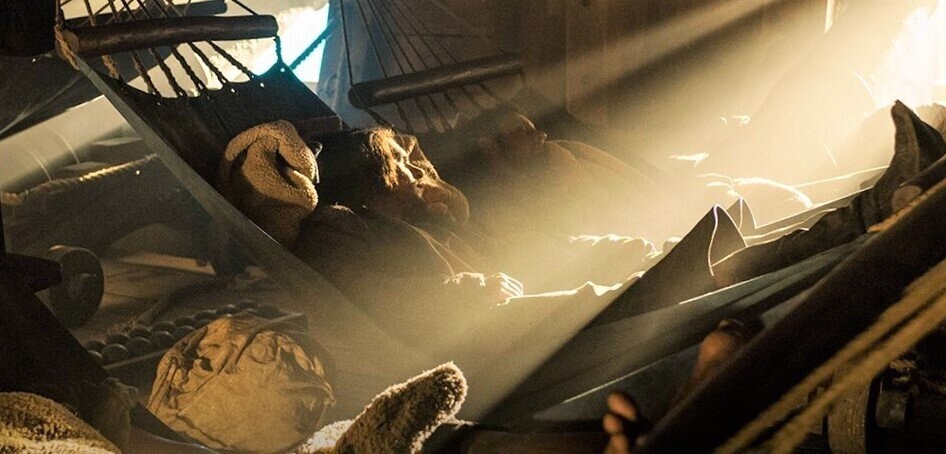
When Columbus returned to Europe and demonstrated the Indian “floating miracle bed” to respected gentlemen, including the unique techniques of weaving them, at first no one attached much importance to them.
However, within a few decades, hammocks faced the same fate as the potatoes brought to Europe by the Spaniards in the mid-16th century.
Hammocks have become incredibly popular throughout Europe.
Already in the late 1600s, the Royal Navy of England officially adopted canvas hammocks as the main sleeping area and issued them to every sailor upon entering service on warships.
Hygiene made the hammock a real sensation among European sailors. After sleeping, it was very convenient for the sailor to easily clean the tarpaulin. 
Ancient sailors for most of human history slept not on beds or hammocks, but on bare boards, sacks filled with fresh leaves, spread out straw, or, in rare cases, mattresses stuffed with horsehair.
And of course, such places to sleep often led to rather unpleasant consequences.
For example, such sleeping places often got wet due to leaking decks during storms or rainstorms, quickly rotted and became dangerous to the health of the crew. Sheets could sometimes hide the horrible appearance of a rotted bed, but it was even more difficult to hide the foul odor. In a short time, microbes and bacteria turned such sleeping places into hotbeds of the most dangerous infectious diseases.
And the hammock protected the sailors not only from dirt and rotting mattresses, but also from rats, which often ran around the deck and were carriers of various diseases.
But hammocks also had not only hygiene benefits, but also saved space. 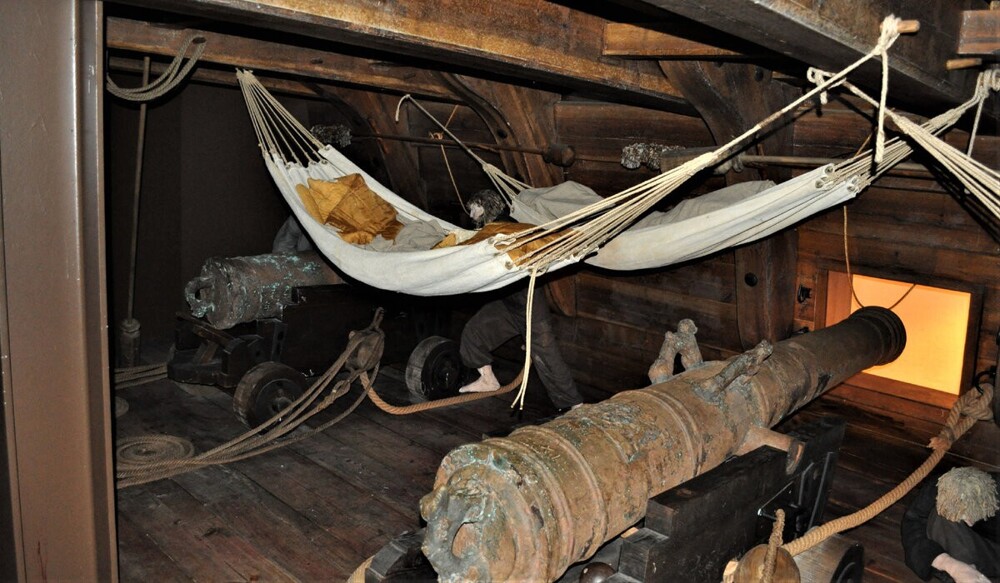
The rather compact space of the ships did not allow space for bunks for several hundred people, while hammocks significantly saved space, since they were easy to fold and put away after sleep.
But of course, in addition to saving space and hygiene, another advantage of hammocks was that when they swayed with the ship during a storm, the sailors did not fall out of them and were not in danger from poorly secured objects lying somewhere to the side, such as cannonballs , guns, barrels, etc.
Few people know that sailors, especially pirates, who slept on bare boards and sacks, very often received serious injuries or even died during a storm, rolling on the deck along with loose heavy cannonballs, cannons and chests.
The canvas hammock wrapped itself around the sleeper like a cocoon, making it almost impossible to unintentionally fall out of it. The swaying hammock also helped the sailor cope with seasickness and fall asleep more comfortably.
Because of all such conveniences, already in the middle of the 16th century, all of Europe began to use hammocks on their ships. And hammocks were used on ships right up to the 20th century
Eventually, after World War II, hammocks ceased to be used on the bark.plaques Why? 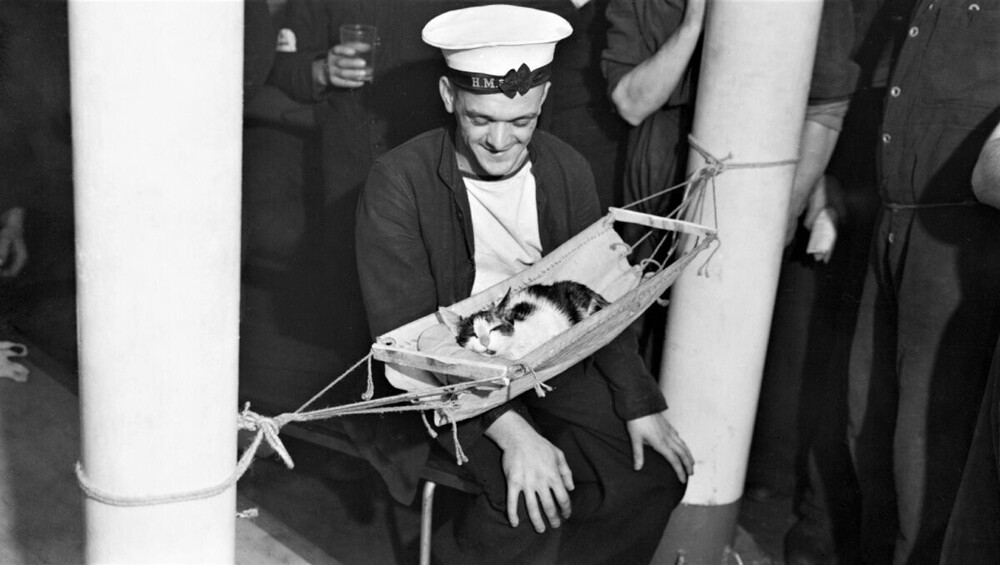
A real sailor cat should also have his own hammock
In fact, by the mid-1940s, modern warships were no longer so dependent on manpower. Machines were installed on board to perform work that had previously been done by humans.
And if earlier a crew of 300 men was needed to operate a ship with sails, then in more modern ships their number has decreased to 70-80.
This means that much more space has become available on ships.
The transition from hammocks to bunk beds varied depending on the navy and the specific time period.
But in general, the use of bunk beds became more common in the late 19th century when navies began using steam-powered ships, which offered greater stability and more spacious interiors.
Bunk beds were preferred due to their greater comfort and ability to accommodate more sailors in less space.
In the US Navy, the transition from hammocks to bunk berths occurred gradually over the course of the 19th century. And by the middle of the 20th century, most US Navy ships were already equipped with bunk bunks.
In the British Royal Navy, the transition came a little later, with hammocks still being used on some ships well into the 1950s.
However, despite all this, after the 1950s, hammocks even found use on spaceships, since they made the most efficient use of limited space. For example, as part of the Apollo program, the American lunar module was equipped with two hammocks because they provided the commander and pilot with increased sleep comfort.










